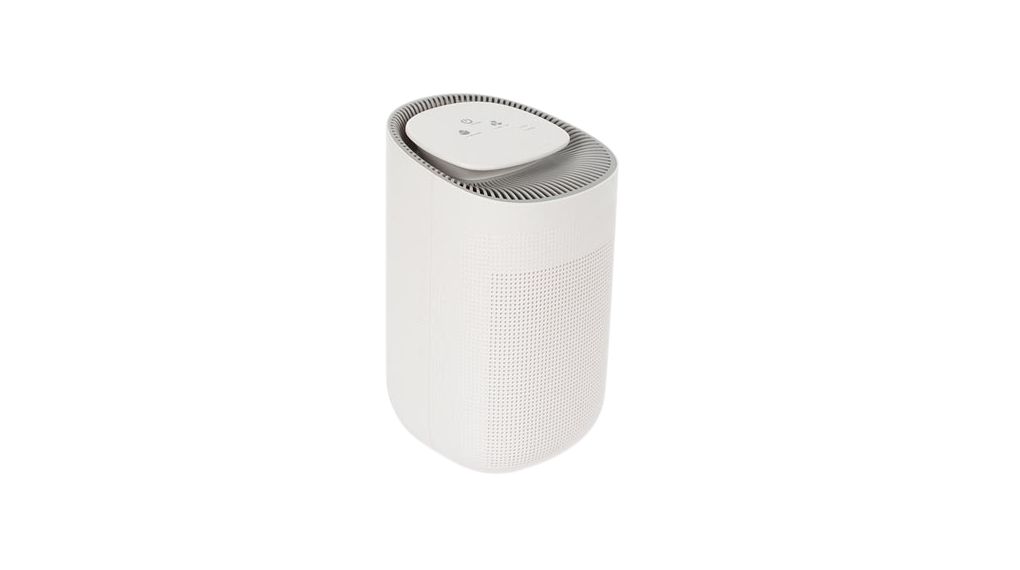Air pollution is one of the planet’s biggest environmental and health problems. According to WHO (World Health Organisation) data, 99% of the global population breathe in air that exceeds WHO guideline limits. In addition to that, WHO says that air pollution causes 6.7 million deaths every year, through exposure to ambient and household air pollution.
Our World in Data reports that air pollution is one of the leading risk factors for death and a major contributor to global disease burden. Global disease burden refers to the amount of years lost to early death, and the amount of years living in poor health. The data, which was collected in 2019, ranked air pollution (indoor and outdoor) as the second highest risk factor for global disease burden, behind only high blood pressure. The figure stated for Disability-Adjusted Life Years (DALYs) for air pollution was 213.28 million.
Although the worldwide Coronavirus pandemic caused so much damage to millions of lives, one positive that you could draw from the situation is that it led to a heightened awareness of the air around us and our immediate environment. The world is now a lot more conscious of harmful contaminants in the atmosphere and the effect they can have on us as humans.
That being said, there are many more actions that could be taken to limit the harm that air pollution causes. One of those is by using air purifiers, both indoors and outdoors. You might have heard of air purifiers being introduced into homes across Europe, but what about when you’re on the go? In this article we will discuss the top 4 wearable purifiers, but before we reveal these, let’s dig more into what air pollution is, how it’s caused and the impact it has on us as humans, and the planet.

What is air pollution?
Air pollution refers to the contamination of the environment by either chemical, physical or biological agents that modify the air around us. Air pollution can damage the health of humans, animals, plants, buildings and the planet itself. It can present itself in many forms, such as solid particles, gases and liquids.
What causes air pollution?
There are lots of individual sources of air pollution, so we’ve broken it down into the two main causes below:
Human sources
The biggest contributor to air pollution is humans. Emissions from factories, cars, planes, aerosols and smoking are all man-made sources of pollution. The technical term for these sources is anthropogenic sources.
Natural sources
Some sources of air pollution occur naturally and can’t be controlled. Examples of natural sources include smoke from forest fires or ash from volcanoes.
Where is air pollution most common?
As you can expect, air pollution is predominantly found in large cities. This is because large cities are a hub for the amalgamation of emissions from various sources to become concentrated. This ‘dirty air’ is often seen in cities as a kind of dark cloud that makes the environment less visible. This dark cloud is called ‘smog’, formed by the combination of both smoke and fog.

How is air pollution harmful?
We should all be aware by now that bad air quality is detrimental to our health and environment. But how does air pollution affect our health and the planet we live on?
Health risks
The respiratory tract is the main entrance to the body for air pollution. The WHO states that breathing in pollutants can cause inflammation, oxidative stress, immunosuppression and mutagenicity in cells all over the body. Mutagenicity in cells can impact various major parts of the body including the heart, lungs and brain.
Air pollution can have an impact on almost every organ in the body. Smaller particles can enter the body through the lungs and penetrate into the bloodstream and circulate the body, which can lead to systemic inflammation and carcinogenicity.
Particulate matter, which concerns particles found in the air like dust, smoke and dirt, is dangerous because they can be inhaled into and accumulate in the respiratory system. Smaller particles, known as fine particles (particles smaller than 2.5PM in diameter), are particularly dangerous because they can lodge deeply in the lungs. Below are just a few of the health conditions and diseases that air pollution is linked with:
- Chronic obstructive pulmonary disease (COPD)
- Stroke
- Lung cancer
- Pneumonia
- Ischaemic heart disease
- Neurological diseases
- Diabetes
Environmental risks
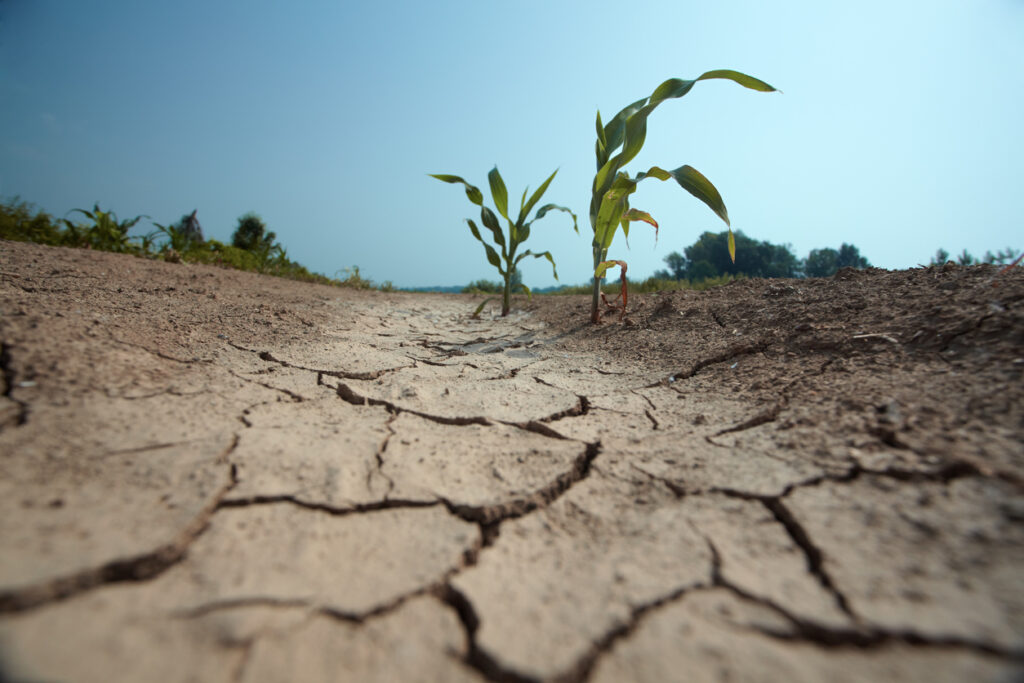
As well as risks to human health, there are also various environmental health concerns caused by air pollution. Below are three of the main risks to the health of our planet:
Acid rain
When water and oxygen mixes with particles from sulphur dioxide and nitrogen oxide in the atmosphere, it can create acid rain. Natural ecosystems are heavily harmed by acid rain. It particularly has an impact on soil by changing its composition, which subsequently makes it difficult for plants to survive. Acid rain can also infect water quality in lakes, rivers and streams, injure crops and cause buildings to decay.
Eutrophication
Eutrophication occurs when there is an increase in levels of minerals and nutrients like phosphorus and nitrogen in bodies of water. This change leads to an increase of algae, which blocks out sunlight that underwater plants need for photosynthesis. The algae also consumes a lot of oxygen in the water, meaning aquatic plants and animals could die.
Climate change
Climate change has been an ever-growing issue over the last century. It refers to a long-term shift in the average weather conditions such as temperature and rainfall, in a specific region. Forms of air pollutants such as greenhouse gases can trap heat from the sun in the Earth’s atmosphere, which can cause the climate to become warmer and warmer. With more adverse weather conditions from this change of climate, air quality is impacted too. Climate change can also increase the amount of airborne allergens, which can cause health problems too.
What can we do?
There are many ways that we can limit the air pollution that we produce. By driving less and taking public transport we significantly decrease the amount of carbon emissions emitted per passenger. According to GOV.UK, for an example journey between London and Glasgow, the average petrol car emits four times more CO2e (Carbon Dioxide Equivalent) than the same journey done by coach and over three times the amount by train or electric car.
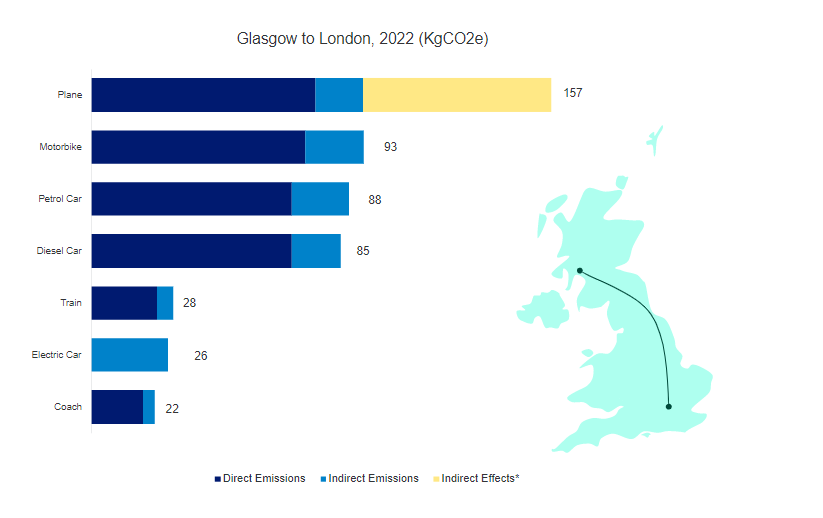
In addition to changing the way we travel, we can also help the situation by saving energy when we can (turning electricals off when not in use), being more sustainable by recycling and reusing materials and producing less fires. Another way to ensure you are breathing in cleaner air is by using an air purifier. These can be used either at home, or on the go, which is effective as both indoor and outdoor pollution are among the top contributors to health problems.
Before taking a look at some of the types of air purifiers you can have in your home, we’ll introduce to you the most innovative forms of wearable air purifiers, some of which you might not have even known were possible!
The top 4 wearable air purifiers
Dyson Zone Air Purifying Headphones
Yes, you read that correctly. Dyson’s first foray into both the wearables and audio markets brings about a product that is perfect for commuters in big cities. The ear cans each hold electrostatic filters which catch air pollutants. Then, through a magnetic visor that you wear over your mouth (although without touching), the air is funnelled through to create a continuous channel of purified air. You can also connect to the MyDyson app to explore environment updates such as air quality and noise levels.
AirTamer A310 Wearable Air Purifier
This small, rechargeable personal air purifier continuously releases millions of negative ions which push contaminants away from your immediate space. It also features Power Boost Technology which works to kill allergens, bacteria and viruses within 3-6 feet. Another bonus is that one charge can last for 150 hours, meaning if you’re away from home for a few days you can count on this device to produce clean air for you for the whole time without the need to search for a power source. It comes with a lanyard for easy wearing around your neck.
Aviche Air Purifier Necklace Version 3.0
The Aviche Air Purifier Necklace works in a similar way to the AirTamer A310 Wearable Air Purifier by pushing contaminants away from your immediate environment. However, whereas the AirTamer gadget produces around 2 million negative ions per second, the Aviche Air Purifier releases 50 million! However, whilst the battery life is good – it lasts for around 30 hours – it doesn’t last as long on a single charge as the AirTamer.
Air Ring
The futuristic-looking Air Ring is a great choice for those conscious about the quality of air they’re breathing in. The object fits around the neck and has air filters which drape over the top of the back. The air drawn into the unit passes through foam and HEPA filters, then goes through the UV-C LED array and photocatalytic steriliser before heading back for final purification in the carbon filter. Twin adjustable arms blow clean air into your face and can also hold screens and masks over your face. The product has four modes:
- Open mode – for low hazard.
- Face mask – for medium hazard.
- Face screen – for high hazard.
- Sealed mask – for the highest hazard.
Purifying the air in your home
Fellowes AeraMax DX95 28m²
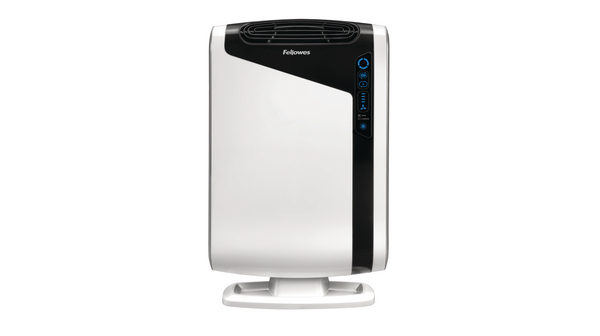
Perel Air Purifier with UV-C 350m³/h
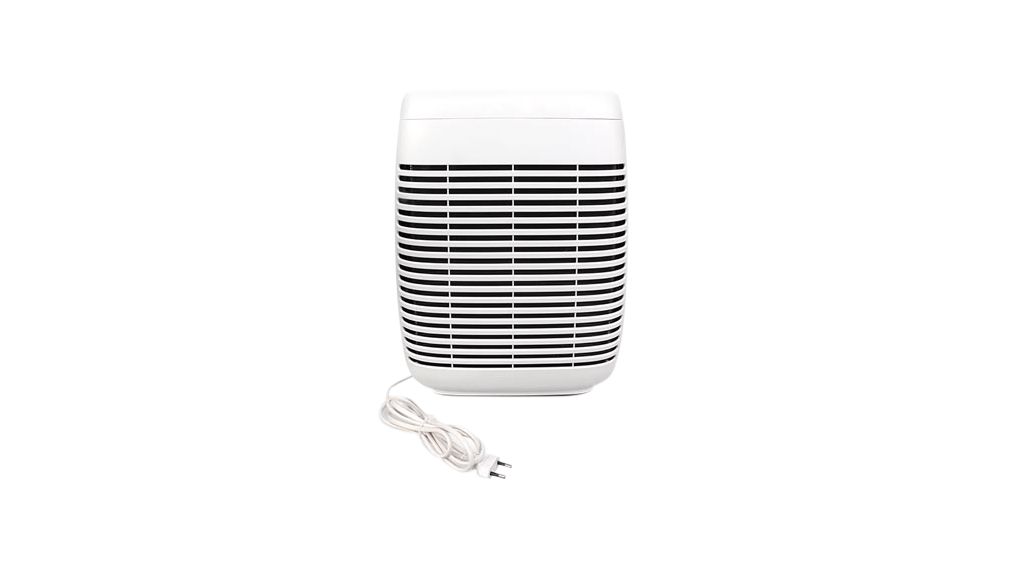
Perel Air Purifier and Dehumidifier 35m³/h
